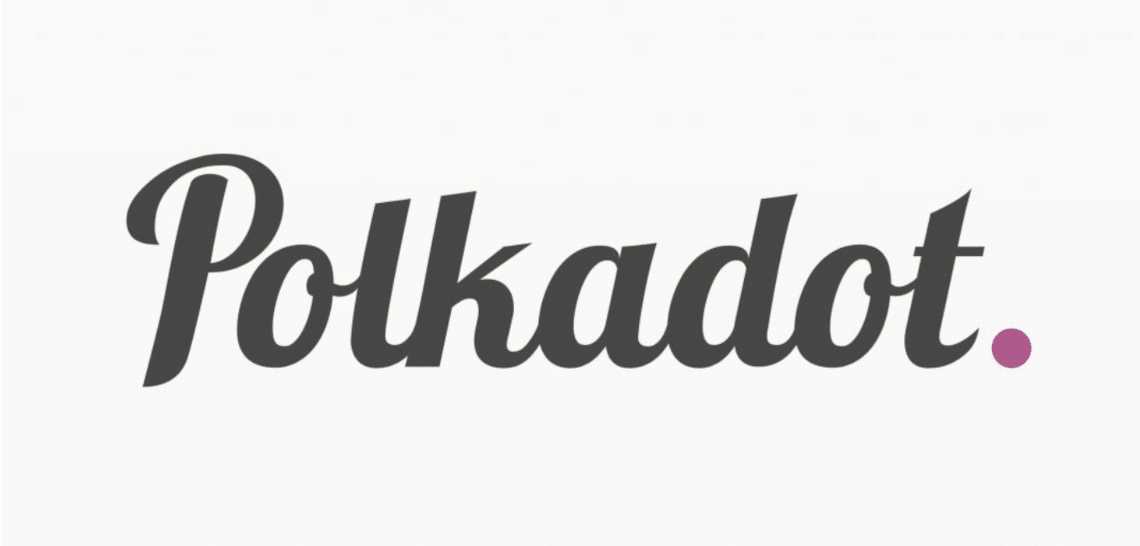
A new Blockchain generation is just around the corner. New findings and experience are driving the technology forward. Developers are constantly faced with the challenge of finding the right and sensible balance between trust, truth, cost, usability and benefit.
The Polkadot Network takes an approach that could solve the problems of the current Blockchain generation. A new ecosystem is being created in which the KILT protocol, among others, plays a decisive role.
Permissionless Blockchains like Bitcoin or Ethereum have the undeniable advantage that they do not need trustworthy institutions like states or banks. The user trusts the algorithm alone and since it can be operated by anyone, a new form of trustworthy, distributed, democratic truth is created.
Disadvantages of Blockchain technology
Unfortunately, there were also undeniable disadvantages of the technology: since Blockchains always require a consensus of a majority of operators for new bookings, there is a high need for coordination. This leads to long runtimes, extreme multiple work and thus to very high costs. Ultimately, the operation of permissionless Blockchains is not economically feasible for most applications. This is compounded by scaling problems: Although Blockchains are decentralized, they do not distribute the work. The example of Cryptokitties has shown how a single (rather pointless) application can occupy the Ethereum network almost completely. This is to the disadvantage of the users who want to use the network in a meaningful way. The scarce resource “computing power of the Blockchain” obeys the laws of supply and demand and becomes very expensive, at least temporarily. Permissionless Blockchains are not suitable for professional use.
Many projects looked for the solution in Permissioned Blockchains. Here, an institution or a group determines who is allowed to operate the Blockchain. The circle of operators remains small, as does the effort for consensus. Unfortunately, the distributed, democratic truth is also lost, because again all users must trust the institution or group. The idea of the Blockchain is actually taken ad absurdum here. The problem of missing scalability is unfortunately not solved by Permissioned Blockchains.
The Polkadot Network
In recent years, a team led by Gavin Wood, the former CTO of the Ethereum project, has pursued a different approach. Their Polkadot network, which went live a few weeks ago, solves the problems of existing Blockchains in a highly pragmatic way and thus heralds a generational change in the Blockchain world. Polkadot itself is a permissionless Blockchain. It produces democratic truth without central institutions. Any other Blockchain, whether Permissionless or Permissioned, can connect to the network and relate to this truth. To do so, the Blockchain enters into a leasing contract that entitles them to have their own blocks checked by the Polkadot Blockchain from time to time. The Polkadot Blockchain returns a so-called “finalized block” after the verification. The connected system is now in a truthful state.
This mechanism solves both the scaling problem and the cost problem. Specialized Blockchains are created, which are built to solve exactly one problem. This leads to many independent Blockchains running in parallel, which together can of course perform many times better than a Blockchain like Ethereum. The individual Blockchains can also be easily designed as Permissioned Blockchains to save costs and increase speed. This works because the truth is checked and confirmed by an external auditor (Polkadot) at very short intervals. Thus, no trust in the operators is necessary. Of course, Polkadot provides additional mechanisms that allow the individual Blockchains to communicate securely via the Polkadot Blockchain, so that events on Blockchains can trigger effects on other Blockchains.
Scalable industrial applications with bank level security
Polkadot thus makes it possible to run scalable, industrial applications with bank-level security on Blockchains, which have a reasonable price/performance ratio and yet determine the truth independently of central institutions.
In the past months more than 100 projects (KILT, Acala, Edgeware, Centrifuge, Katal, Polymath etc.) have already decided to use the Polkadot mechanisms. The resulting ecosystem already offers solutions in the areas of DeFi, Self Sovereign Identity, Smart Contracts, DApps and much more. A look into the technology and the ecosystem is certainly exciting.

